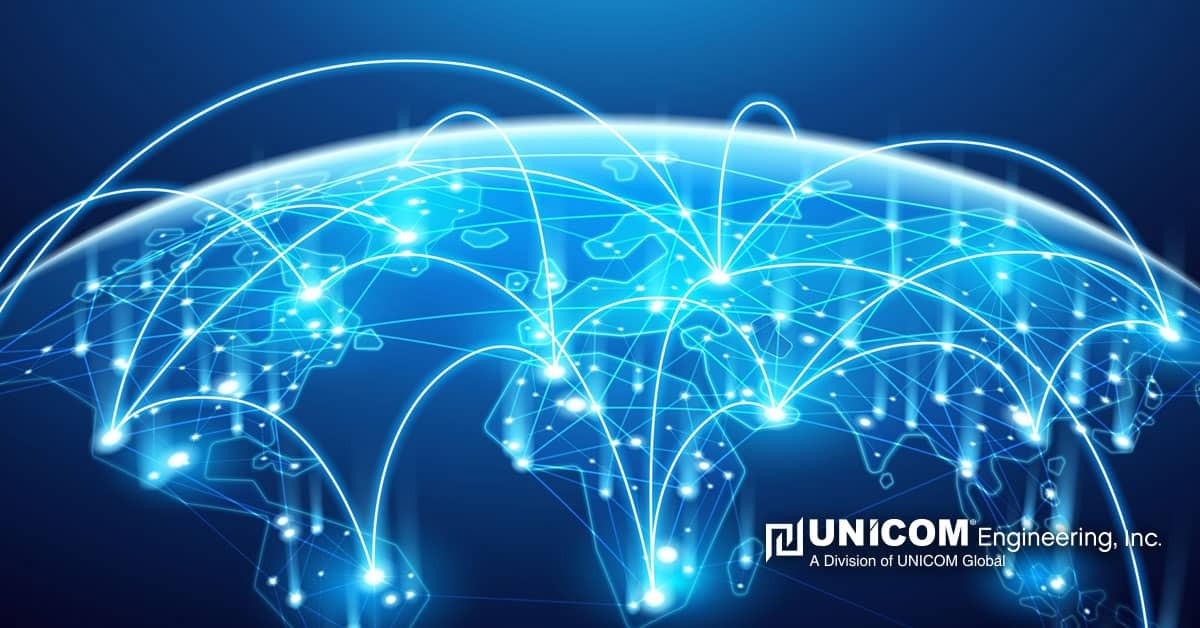Although Edge Computing is a term used by vendors for years, true innovation in the field is much more recent. So while 'The Edge' may refer to devices that merely serve connectivity to the data center or cloud, 'Intelligent Edge' technology delivers the computing power to do more.
Traditional Edge Computing
Before Intelligent Edge computing, Edge devices served as mere reception points where data could be sent to and received from core or cloud platforms. As a result, less serious processing occurred in remote locales, fewer devices connected to enterprise networks, and performance expectations were lower when they did.
Today's Intelligent Edge Computing
More data is generated with the explosion of sensors and smart devices, placing a strain on core and cloud connectivity. Intelligent Edge computing puts more servers and network appliances in places far from data centers to handle computing loads that previously were handled solely in the cloud.
And the net result of having more processing power in the field is more significant volumes of high-quality data to feed enterprise applications like AI and the delivery of better user experiences thanks to improved performance.
The Need for Intelligent Edge Computing
The migration away from standard Edge devices has less to do with advances in core and cloud computing and more to do with new environmentally hardened platforms that can reside closer to end-users.
With intelligent sensors playing an increasingly important role in various industries, more data than ever is created. As a result, traditional cloud architectures are challenged to handle the traffic creating unprecedented slowdowns. In response, Intelligent Edge devices fulfill the needs of both internal and external users for lower latency.
Without Intelligent Edge equipment, the natural response to lagging latency is to increase network bandwidth, which increases the cost for solution providers and end-users. In addition, traditional Edge architectures often require data duplication between the Edge and the cloud, using even more resources.
Finally, traditional Edge architectures rely heavily on data transmission. As a result, issues like data corruption and the transmission of non-compliant data become front and center.
Therefore, it's safe to say that traditional network and computing architectures weren't designed to handle the needs of modern Edge solutions. Case in point, innovations like intelligent sensors and deep-learning AI didn't exist when these environments were built.
Defining the Intelligent Edge
The challenge solutions providers face today is defining precisely what the Intelligent Edge means and how it can be leveraged. After all, different industries are using Edge technology in different ways.
For example, verticals like oil and gas, energy, and manufacturing often use solutions based on operational technology (OT). In this arena, Edge hardware and software make connections possible between remote or shop floor technology and general IT.
On the other hand, the transportation, defense, and medical industries use IoT sensors to transform vehicles, weapons systems, and even the human body into data sources.
And finally, Edge technology is being used to connect enterprise IT with field locations for better business decisions and customer experiences. Such industries include but are not limited to retail, telecom, and higher education.
As you may guess, in any area where intense innovation occurs, the definition of the variety of Edge solutions is constantly changing. And while this makes defining the Intelligent Edge a challenge, it also represents a fountain of opportunity for solution providers willing to experiment with new ways of delivering value.
Putting the Intelligent Edge to Work
Today's modern Edge opens up a near-limitless supply of new solutions. For example, retailers use Edge solutions to intelligently track and manage inventory based on real-time supply and demand. Multiple industries use the Intelligent Edge to monitor and maintain machinery.
From a hardware point of view, think of the modern Edge as including everything from sensors and actuators to Internet gateways, Edge platforms, and the traditional data center and cloud servers. And while constructing the ideal Edge architecture may sound complex, vendors are willing and able to create the hardware 'canvas' upon which you can create your next solution.
To Leverage the Intelligent Edge, Begin with UNICOM Engineering
Don't let the limits of traditional Edge architecture constrain the possibilities of your next solution. UNICOM Engineering is a full-service OEM integration partner that maintains relationships with industry leaders like Dell Technologies, Intel, and HPE. So to begin exploring your next Edge computing environment, be sure to schedule your consultation today!
